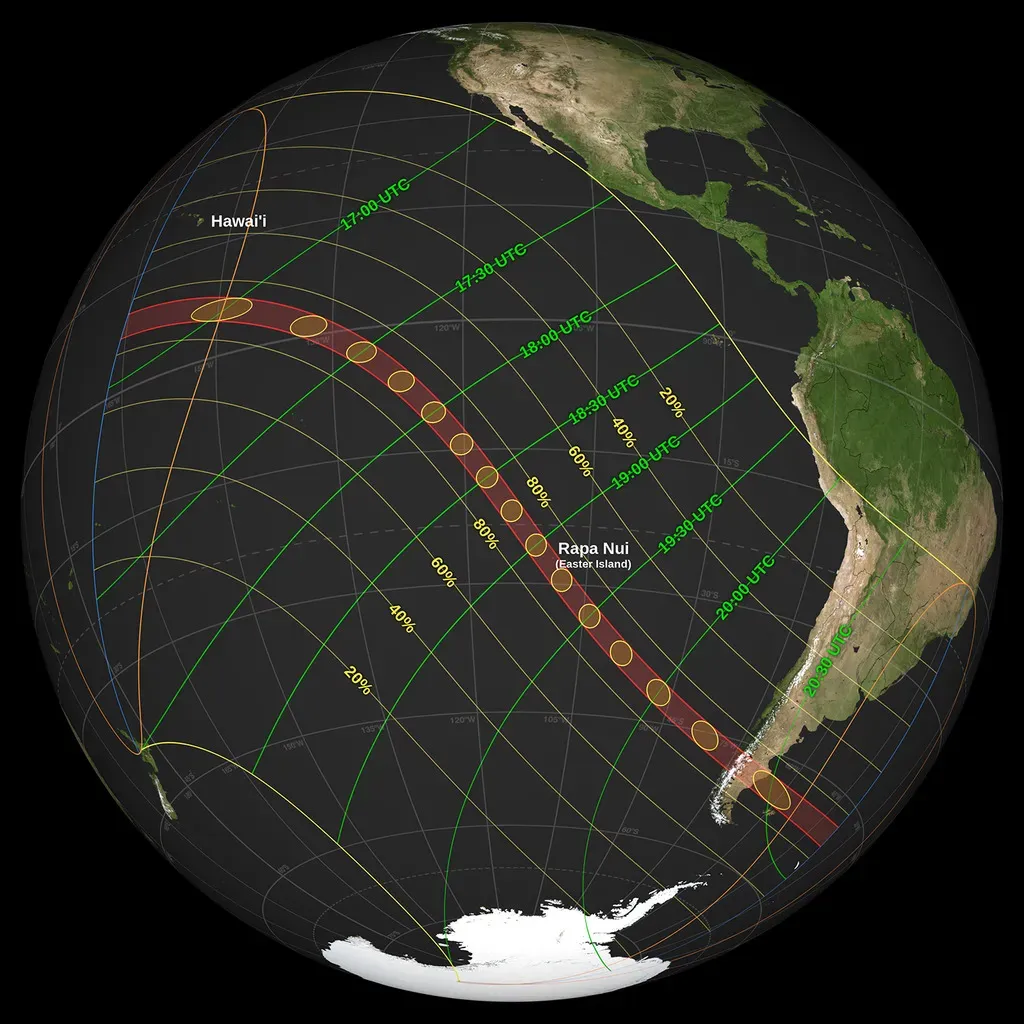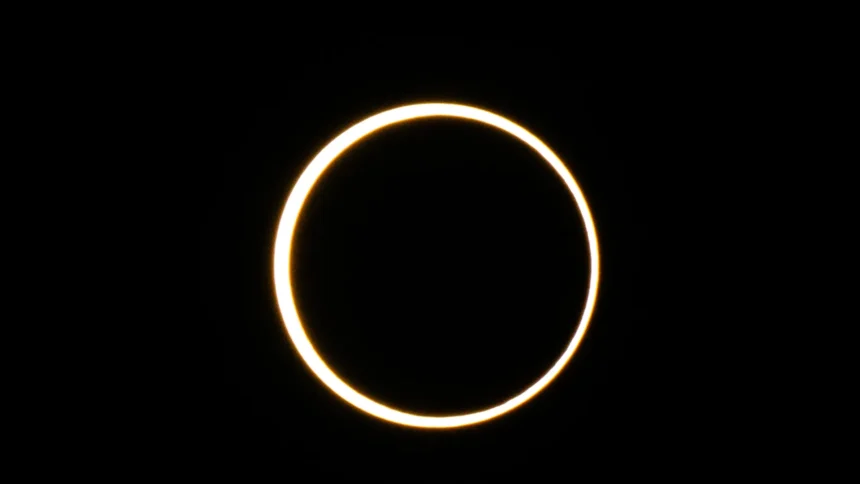Have you ever wondered what it would be like to witness the sun transform into a brilliant ring of fire? As we approach the solar eclipse in October 2024, this question is on the minds of many across the United States.
Why Should You Care About This Solar Eclipse?
Whether you’re an astronomy enthusiast or enjoy nature’s beauty, the upcoming Solar Eclipse October 2024 offers a once-in-a-lifetime experience. This comprehensive guide will provide everything you need to know, from when and where to see it, to how to safely watch it.
What Makes This Solar Eclipse October 2024 Special?
Read More: Environmental Impact of Electric Vehicles
Unlike any regular solar eclipse, the Solar Eclipse October 2024 will be an annular solar eclipse, captivating observers with its stunning visual effects. As the moon moves between the Earth and the sun, a portion of the sun will remain visible, creating a mesmerizing “ring of fire.”
What is an Annular Solar Eclipse?
An annular solar eclipse occurs when the moon is at its farthest distance from Earth, appearing smaller than the sun. Consequently, instead of completely covering the sun, the moon allows sunlight to escape around its edges, creating a stunning ring-like effect. During a partial eclipse, only part of the sun will be obscured, resulting in a crescent shape.
Eclipse vs. Partial Eclipse: A Quick Comparison
| Type of Eclipse | Visibility | Sun Appearance | Totality |
|---|---|---|---|
| Annular Eclipse | Visible from a narrow path across Earth | Ring of fire effect | No totality |
| Partial Eclipse | Wider area, but only partial coverage | Crescent shape | No totality |
Eclipse Path: Where to View the Magic
The path of the Solar Eclipse October 2024 will stretch across parts of North America, offering millions the chance to witness this extraordinary event. Here’s a breakdown of the viewing locations:
- States in the Path: Texas, Arkansas, Missouri, Illinois, Indiana, Ohio, New York, Vermont, New Hampshire, and Maine.
- Optimal Viewing Areas:
- Texas: Major cities like Dallas and Austin will be prime locations for viewing.
- Indiana: Indianapolis is expected to offer a spectacular view.
- New York: Buffalo and Rochester will experience the annular eclipse directly.
Key Dates and Times
The excitement builds as we approach the event. Here’s a timeline of key moments for the eclipse:
- First Location to See Partial Phase: 11:42 AM EDT
- First Location to Experience Annular Phase: 12:50 PM EDT
- End of the Eclipse in Hawaii: 7:57 AM HST
How to Safely Watch the Solar Eclipse
It’s essential to prioritize safety when viewing solar eclipses. Here’s how to enjoy this celestial event without harm:
- Solar Eclipse Glasses: Always wear ISO-certified Eclipse glasses to protect your eyes. Never look directly at the sun without proper eye protection.
- Pinhole Projector: If you don’t have glasses, you can create a simple pinhole projector to safely view the eclipse.
- Photography Tips: If you plan to capture the eclipse, use solar filters on your camera lens. Standard lenses may get damaged if aimed directly at the sun.
Science Behind Solar Eclipses

Understanding the phenomenon can enhance your viewing experience. Here’s how a solar eclipse occurs:
- Orbiting Bodies: The moon orbits Earth, and Earth orbits the sun. Occasionally, their positions align.
- Eclipse Phases:
- Partial Phase: The moon begins to obscure part of the sun.
- Annular Phase: The moon is centered over the sun, creating a ring-like appearance.
- End Phase: The moon moves away, and the sun returns to its full brightness.
The Fascination with Eclipses
Throughout history, solar eclipses have inspired awe and wonder. Cultures around the world have viewed them as omens or signs from the gods. Today, scientific explanations have replaced superstitions, but the sense of wonder remains.
FAQs About the October 2024 Solar Eclipse
1. Will the eclipse be visible from everywhere in the U.S.?
No, the annular solar eclipse will only be visible from specific areas within the eclipse path, while most of the U.S. will see a partial eclipse.
2. How often do annular solar eclipses occur?
Annular solar eclipses are relatively rare and typically occur somewhere on Earth about once or twice a year.
3. What if the weather is cloudy on the day of the eclipse?
If the weather is not favorable, it may obstruct your view. Having alternative viewing locations or checking local forecasts beforehand can help.
4. Can I use regular sunglasses to watch the eclipse?
No, regular sunglasses are not safe for viewing a solar eclipse. Only use certified eclipse glasses or other safe viewing methods.
5. What is the best time to observe the eclipse?
The best time will depend on your location within the path of the eclipse. Generally, observing during the annular phase will provide the best experience.
Final Thoughts
The Solar Eclipse October 2024 promises to be a captivating event, offering a unique experience for millions. Whether you’re gathering with friends and family or observing solo, this astronomical phenomenon will inspire wonder.
Mark your calendars, prepare your viewing gear, and get ready for a day of celestial beauty! This guide aims to ensure you have everything you need to enjoy this incredible event safely and fully.
Get ready to witness the spectacular “ring of fire” in October!







